Broken Shoulder Surgery
Trauma may cause a fracture of the humerus (ball) or the glenoid (socket) of the shoulder joint. The majority of these injuries can be treated without surgery with good long-term results. Some fractures are better treated with surgery because they may carry a high risk of arthritis if left alone or they are unlikely to heal or may heal in the wrong position if not treated surgically.
Fractures are either described as being displaced or non-displaced. Fortunately, nearly 80% of all shoulder fractures are non-displaced. This means that the broken pieces remain near their anatomic position and treatment merely requires immobilization in a sling until the bone fragments heal. Most shoulder fractures heal in about 6 weeks.
On the other hand, about 20% of shoulder fractures are displaced and may require some type of manipulation to restore normal anatomy.
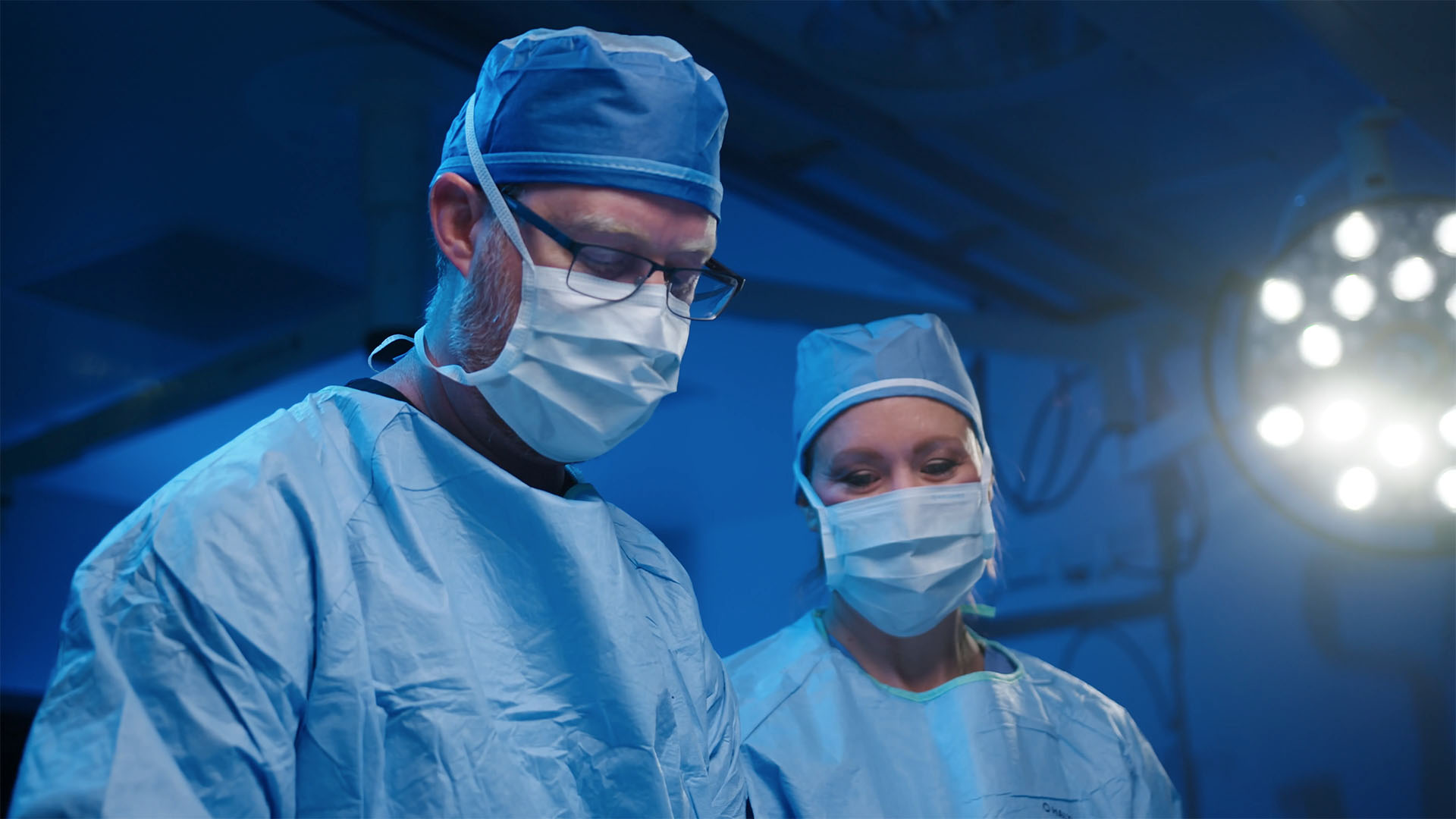
Why is my doctor recommending surgery for a broken shoulder?
The Omaha Shoulder & Elbow Orthopedic Specialists at MD West ONE can properly recommend if broken shoulder surgery is the best course of action based on your symptoms and situation. If you have the following symptoms, you may want to make an appointment with one of our Board Certified Specialists.
- Shoulder Pain
- Swelling
- Tenderness
- Deformity or "bump" at the site of the fracture
- Discoloration around the upper arm
- Inability to normally move the arm without pain
Types of shoulder fractures include:
Clavicle fractures: Known as the collarbone, the clavicle is the long, thin bone located at the base of the neck.
Humerus fractures: The humerus is the upper arm bone that runs from the shoulder to the elbow.
Scapula fractures: Known as the shoulder blade, the scapula is a flat, triangular bone located in the upper back. The glenoid (the socket of the shoulder joint) is a part of the scapula. These fractures are associated with falls or motor vehicle collisions and may result in shoulder dislocation or shoulder instability.
What causes a shoulder fracture?
Fractures of the clavicle or the proximal humerus can be caused by a direct blow to the area from a fall, collision, or motor vehicle accident.
Because the scapula is protected by the chest and surrounding muscles, it is not easily fractured. Therefore, fractures of the scapula are usually caused by high-energy trauma, such as a motor vehicle accident.
Treatment
Most non-displaced shoulder fractures can be treated with conservative techniques, such as:
- Icing
- Immobilization with an arm sling or wrap while bones heal
- Oral medications to help alleviate pain
- Physical therapy and range-of-motion exercises
Most non-displaced fractures require immobilization in a sling until the fracture heals enough to be comfortable and permit motion without the risk of dislodging the fracture fragments. X-rays are used to determine if sufficient healing has occurred to permit motion exercises.
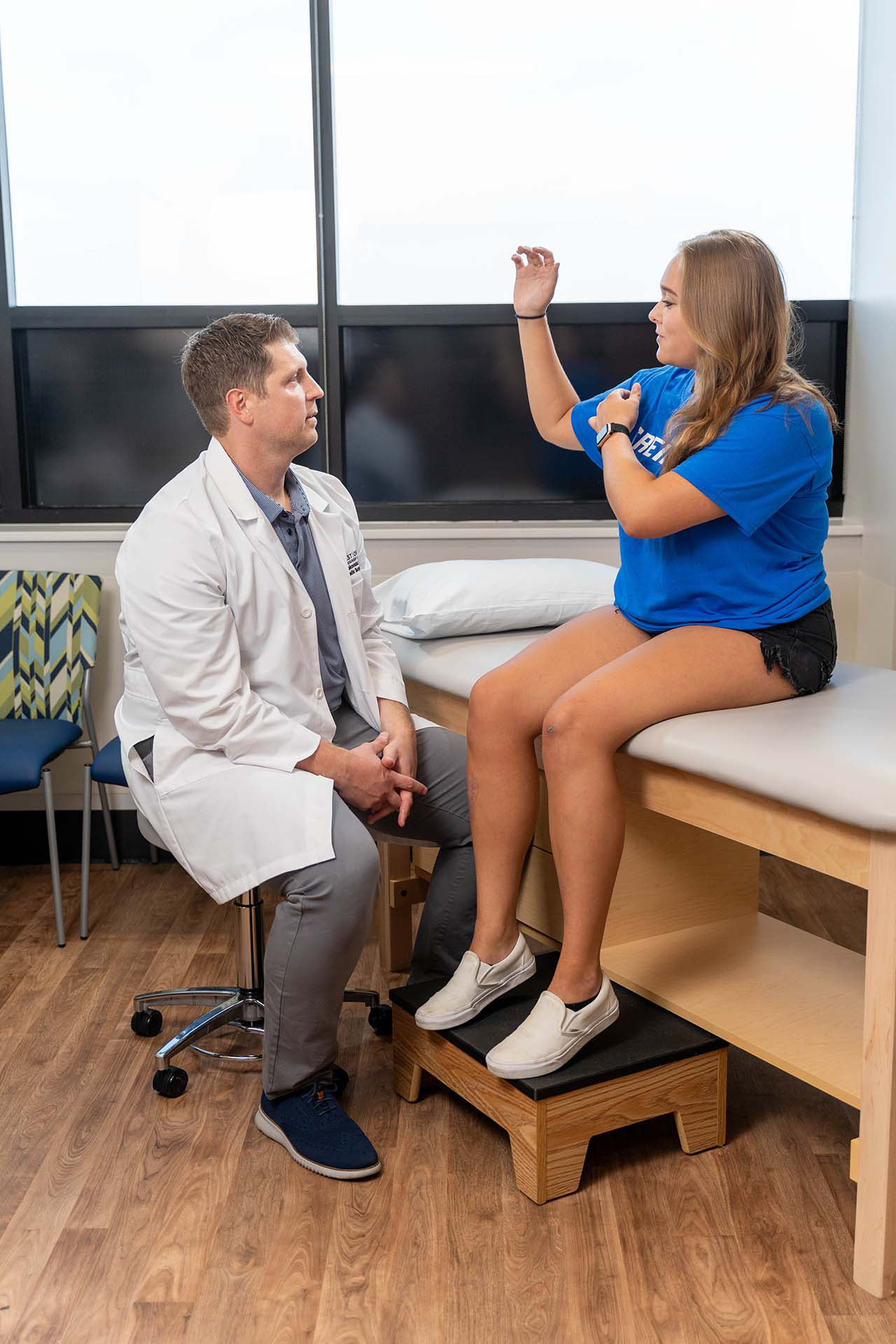
Procedure
If the fracture fragments are displaced, surgical procedures may be necessary to bring the pieces together and fix them with wires, pins, plates, or screws. If the ball portion of the upper arm is broken, split, or crushed, a shoulder replacement may become necessary.
Because there are many different types of treatment for shoulder fractures, the course of action will vary be based on the area of the shoulder that has been injured and the severity of the fracture.
Types of shoulder fracture surgeries include:
Shoulder Fracture Fixation Surgery
If the bones are displaced or there is an open fracture (where the bone has come through the skin), surgery is necessary to repair the fracture and any damaged ligaments, tendons, and muscles. To lock the bones back into the correct position, orthopedic surgeons will use specialized hardware such as plates, screws, or pins. In some cases, surgeons will perform bone grafting and repair of soft tissues such as ligaments and tendons.
Partial Shoulder Replacement Surgery
If you suffer from a severe shoulder fracture, you may require a partial shoulder replacement. For this procedure, a conventional shoulder replacement device, made up of a metal ball and stem, replaces the damaged ball and upper portion of the arm bone. Individuals who receive a partial shoulder replacement experience less pain, improved function, and an increased range of motion that allows for a greater quality of life.
Reverse Total Shoulder Replacement
In some cases, a severe shoulder fracture will require a reverse total shoulder replacement. In a reverse total shoulder replacement, the socket and the metal ball are switched: The metal ball is attached to the socket and the plastic cup is fixed to the humerus. Individuals who undergo a reverse total shoulder replacement experience reduced pain and improved function and range of motion.
Non-Union and Malunion Shoulder Fracture Surgery
A non-union is a broken bone that did not heal properly. A malunion is a broken bone that has healed in the wrong position, often causing a deformity. Treatment may involve surgery to remove an infection (if present), to better stabilize the fracture or to stimulate bone growth with a bone graft.
After Surgery
The goal of recovery from surgery is to regain as much strength, range of motion and function in the shoulder as possible. After surgery, you will need plenty of rest and to keep your shoulder and arm immobilized in a sling or wrap. Once the bones begin to heal, you will work with a physical therapist who will recommend exercises to restore mobility and function.
Opioids
At MD West One, your health is always a top priority, which is why we are very passionate about getting you back to full activity in a safe and timely manner. We understand every patient is unique when it comes to pain management. A key component of a successful pain treatment plan includes weighing all risks and benefits to find the pain treatment plan that best fits you.
A high risk of dependence and overdose is associated with the use of opioids. To avoid this from accruing our agreement with you:
- You should take all medications as ordered by your provider. If you take the medication in excess of what is prescribed and run out of the medication prior to the refill date, the refill will not be authorized early.
- If you are requiring a refill of your prescription please call during regular business hours. Our providers will not refill any pain medications over the weekend, holidays, or after clinic hours.
- Make sure to tell your physician or nurse which medications you are taking, including herbal remedies, since narcotic medications can interact with over-the-counter medications and other prescribed medications, especially cough syrups that contain alcohol, codeine, or hydrocodone.
- Alteration of any written prescription, sharing, trading, or selling your medication is a federal offense and will be reported.
- You are responsible for keeping your pain medication in a safe and secure place, such as a locked cabinet or safe. Stolen medications should be reported to the police and to your physician immediately.
- If your medications are lost, misplaced, or stolen, your physician may choose not to replace the medications or to taper and discontinue the medications.
Rehabilitation
After surgery, you will receive prescriptions and your arm will be rested in a sling. Your surgeon and/or physical therapist will let you know whether any exercises are required.
Recovery time is typically dependent on the severity of your original injury. You may need assistance with dressing, bathing, washing, and eating for 5 to 10 days.
Your doctor will examine you and evaluate your X-rays to determine your progress. Your return to work will be earlier for a desk job, and later for labor-related occupations.
Physical therapy to benefit motion and strength is often required to maximize recovery and improve the ultimate outcome of surgery. Your doctor and physical therapist will likely work together and advise you on when to progress with your activities and exercises.
Risks and Complications
All surgeries come with a risk factor. For surgery to treat a broken shoulder, some of the risks include:
- infection
- injury to nerves or vessels near the fracture
- bleeding
- wound healing issues
In some cases, the shoulder may get very stiff. Occasionally, the fracture does not heal, and another operation may be recommended.
Don't wait any longer to get relief. Make an appointment to see one of our orthopedic specialists.
Meet MD West ONE's orthopedic specialists who specialize in trauma shoulder surgery.

David C. Buck, MD
Sports Medicine & Total Joint

H. Wesley Cheng, MD
Orthopedic Specialist
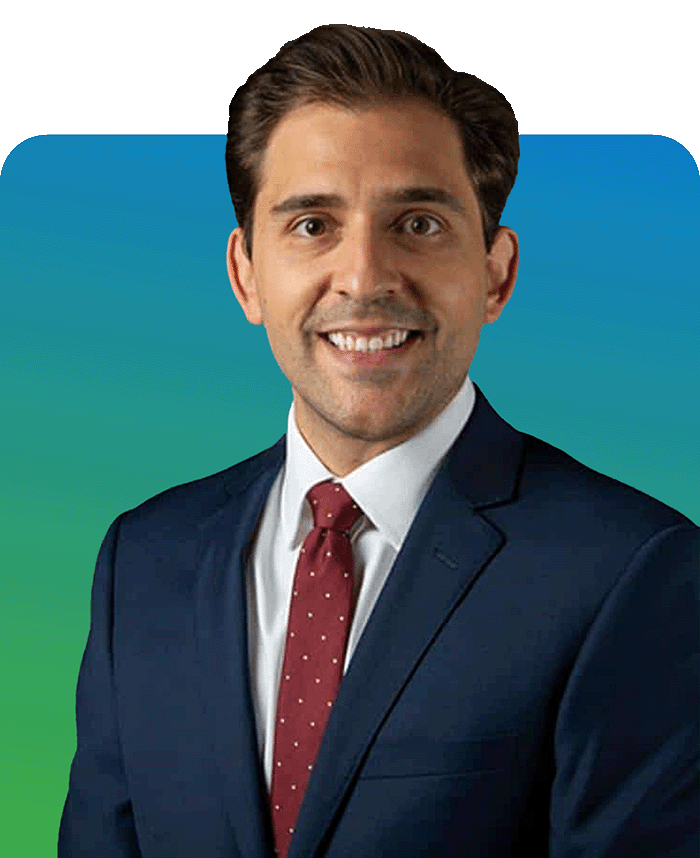
Michael Del Core, MD
Upper Extremity Specialist
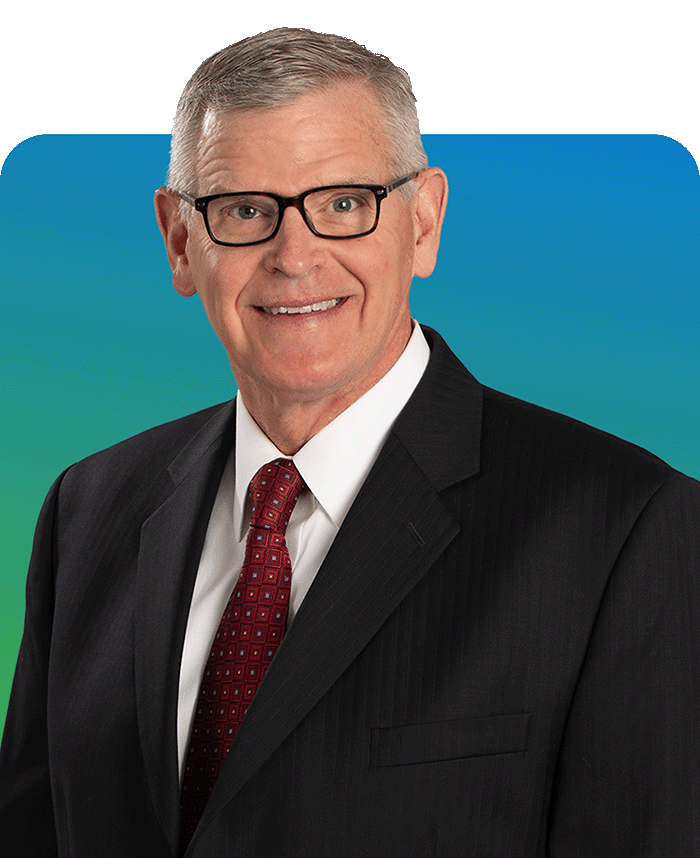
George Emodi, M.D.
Sports Medicine & Total Joint

Brett W. Fischer, MD
Sports Medicine & Total Joint

Mark Franco, M.D.
Sports Medicine & Total Joint

Daniel L. Gaffney, MD
Hand & Wrist Specialist
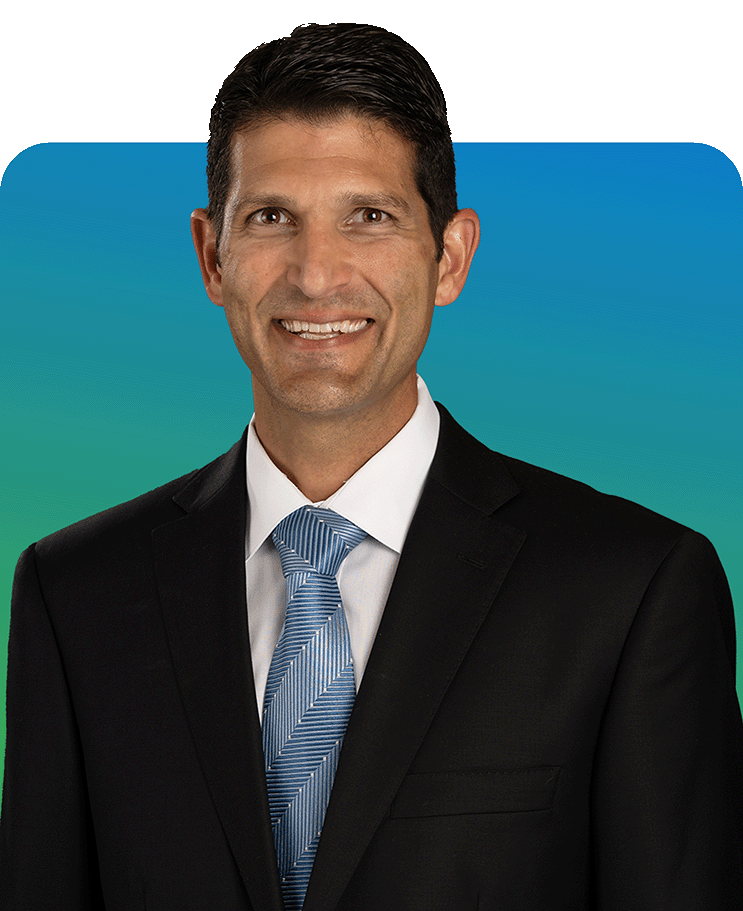
Kayvon Izadi, MD
Hand & Wrist Specialist

Darren Keiser, M.D.
Sports Medicine & Total Joint

Justin Makovicka, M.D.
Knee, Shoulder & Sports Medicine

John "Jack" A. McCarthy, MD
Hand & Wrist Specialist

Micheala McCarthy, MD
Hand & Wrist Specialist
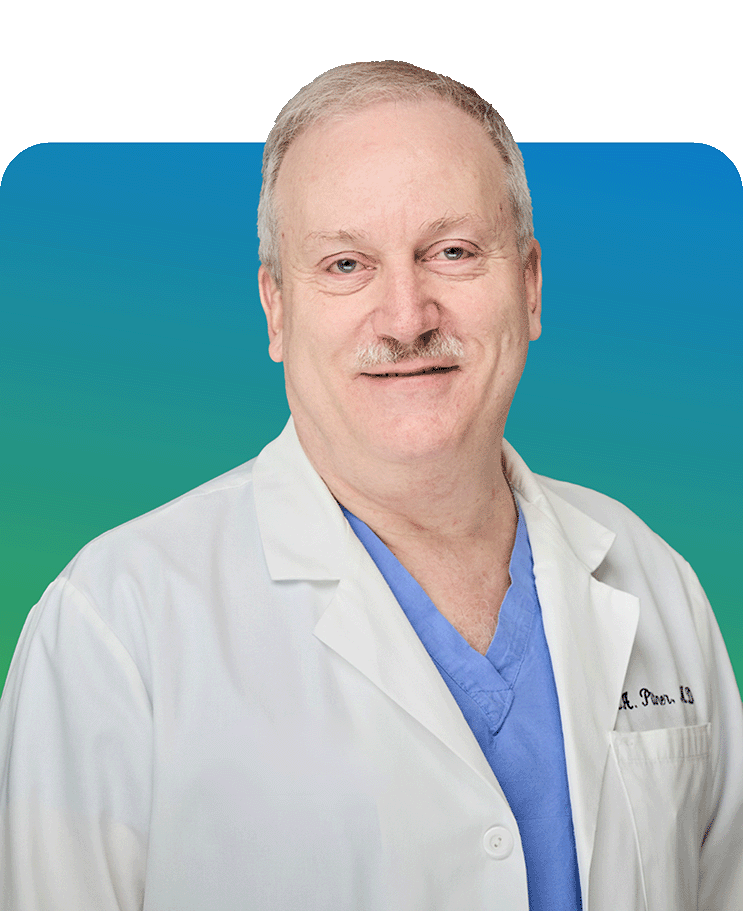
Mark Pitner, MD
Sports Medicine & Total Joint

Charles E. Rosipal, MD
Shoulder & Elbow Specialist

Jeffrey J. Tiedeman, MD
Hand & Wrist Specialist

Kimberly A. Turman, MD
Sports Medicine
American Academy of Orthopaedic Surgeons
This article has been written and peer-reviewed by the AAOS Patient and Public Relations Committee and the AAOS Evidence-Based Medicine Committee.
